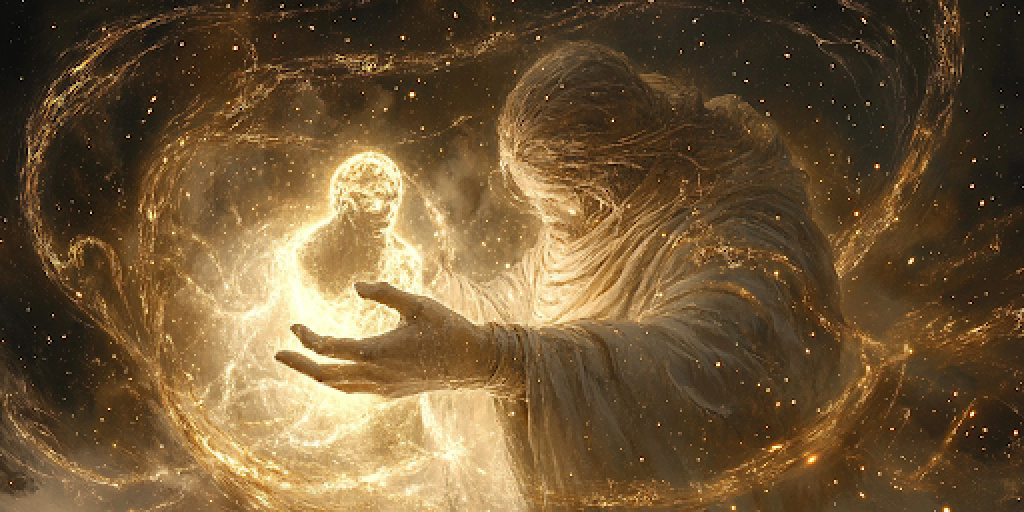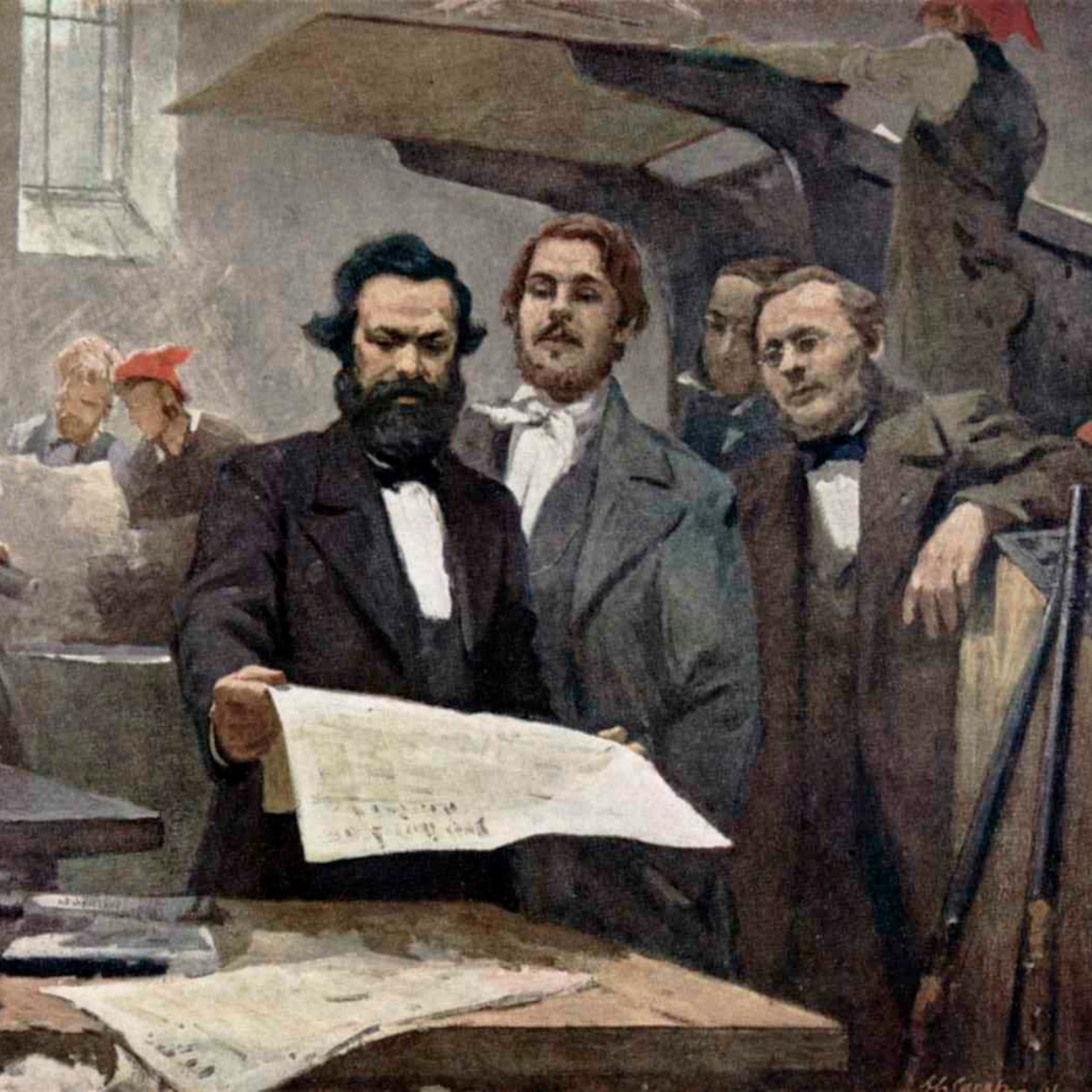Who is worthy of being called a “saint”?
My ears perked up recently when, halfway through the film A Beautiful Day in the Neighborhood, Lloyd Vogel (an investigative journalist profiling Fred Rogers) asks Fred’s wife, Joanne, “So, how does it feel to be married to a living saint?”
“You know, I’m not fond of that term,” Joanne says. “If you think of him as a saint, then his way of being is unattainable. You know, he works at it all the time. It’s a practice. He’s not a perfect person. He has a temper. He chooses how he responds to that anger.”
“That must take a lot of effort,” Lloyd says.
“Well, yeah, he—he does things every day that help to ground him,” Joanne says. “He reads scripture, swims laps, prays for people by name. Writes letters, hundreds of them. He’s been doing that since I met him.” (The real-life Joanne has clarified that her working idea of a saint was “somebody who is good without working at all. [Fred] worked hard on his ministry.”)
As a living saint myself—a Latter-day Saint—I have rarely thought about how presumptuous it might be to call myself a Saint. Surely nobody who knows me, when my name comes to mind, thinks, “Wow, that Sammy—he’s such a saint!” No, that descriptor is reserved for many others I know—my wife, my mother, my mother-in-law, Mother Teresa, Fred Rogers, and Russian babushki, among others. A saint is holy because he is good. But I know too much of my weakness and sin to be comfortable calling myself “a Saint” in that sense.
Even so, this is a time when Latter-day Saints should think more deeply about how carrying the label “Saint” should make them think, feel, and behave. Our church first started using “saints” in its title in 1834, when it adopted a resolution to change its name from The Church of Christ to the Church of the Latter Day Saints. This was done to distinguish it from other Christian denominations in 19th-century America. In an 1838 revelation to Joseph Smith, the Lord Jesus Christ gave the church the name The Church of Jesus Christ of Latter Day Saints (a name it has since kept, with variations in spelling and hyphenation). In August 2018, President Russell M. Nelson initiated a new and intense wave of focus on using this full name. This includes referring correctly to members of the Church. We are Latter-day Saints, not LDS or Mormons. Even the Church’s new four-volume narrative history is called, unapologetically, Saints.
We can become saints, but it involves heavy lifting and unending effort to school one’s body and sanctify one’s mind and heart.
Three decades ago, the then-Elder Nelson gave his first landmark address on the importance of the full name of the church. He lamented that “the term saint is still not well understood. Some mistakenly think that it implies beatification or perfection. Not so!” Of course, this mainly refers to the Roman Catholic Church, a faith I love and admire in many ways. (I am a devoted reader of First Things, the writings of Pope Francis, and of some other Catholic leaders.) Their doctrine stipulates that a person becomes a saint only posthumously. This makes some logical sense because those sainted souls proved by their life’s work that they are worthy of the title. “Saint,” after all, comes from the Latin sanctus, which means “holy” or “sacred.” This saintly declaration is made by the Pope himself, “on the basis … that the person lived a life of heroic virtue or remained faithful to God through martyrdom” (United States Catholic Catechism for Adults).
I love studying the writings of the saints revered by Christians of all stripes—St. Augustine of Hippo, St. Athanasius of Alexandria, St. Teresa of Calcutta, the 10 martyrs featured above the Great West Door of Westminster Abbey, among others. But are saintly lives only the business of a select few? What about the rest of us?
In Paul’s letters to Timothy, Philemon, the Corinthians, the Romans, the Ephesians, the Philippians, the Colossians, the Thessalonians, and the Hebrews, as well as in the Gospel of Matthew, the Acts of the Apostles, the letter from Jude, and John’s Revelation, the followers of Jesus Christ are called “saints.” In his letters to the churches in Rome and Corinth, Paul teaches that being a saint is more attainable than the label might make us think. He says followers of the Messiah are “called to be saints” (Romans 1:7, 1 Corinthians 1:2, emphasis added). This implies something of the “not quite there yet” in the life of a follower of Jesus. So long as we are in this world, we are always on the way but never arriving. If we embark on the saintly life knowing this, we will be alright.
Martin Luther, in his commentary on Galatians, says “true saints” can be anyone—“the ministers of the Word, the magistrates of commonweals, parents, children, masters, servants”—who “first and before all things” assure “themselves that Christ is their wisdom, righteousness, sanctification, and redemption.” Like Paul, Luther clarifies that these are people trying their best to carry out God’s will and who “repress the lusts and desires thereof by the Spirit.”
Brigham Young, who led the Latter-day Saints in a massive western migration to the Great Basin, said in 1869 that “it is not proven that people are the saints of God because they live in these valleys. If we want to prove to God or men that we are saints, then we must live for God and none else.” As then-Elder Nelson further clarified in 1990, “a saint is a believer in Christ and knows of His perfect love. The giving saint shares in a true spirit of that love, and the receiving saint accepts in a true spirit of gratitude. A saint serves others, knowing that the more one serves, the greater the opportunity for the Spirit to sanctify and purify.”
So, Joanne Rogers’ movie character was half right. We can become saints, but it involves heavy lifting and unending effort to school one’s body and sanctify one’s mind and heart. As she said of Mr. Rogers, once again, “He works at it all the time. It’s a practice. He’s not a perfect person. He has a temper. He does things every day that help to ground him.”
Rather than setting in front of us a standard impossible to attain in this life, the move to include “Saints” in the name of the Church in 1834 and 1838 can be interpreted as a generous invitation from a loving God to become something better than we are by living the life of a saint now. Call it the democratization of the saints. If you become a part of this covenant community—one that is filling the whole world—then you are, even with your many imperfections, a Saint. A Latter-day Saint.

















